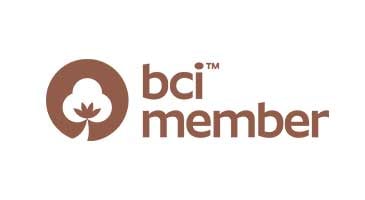
The footprint of a product is impacted by many factors – from the materials used, to the energy source of mills and manufacturers. Through our traceability project, we are implementing new means of capturing more information than ever before to calculate Life Cycle Assessment scores for each of our products. This holistic approach will enable us to find priority areas of focus to drive real, quantifiable improvements.
Preferred Materials
Material choice plays a significant part in the impact that a product has. We are implementing changes to increase the proportion of materials that are considered Preferred Materials (as detailed below) in our products, whilst maintaining the high quality of our materials and products. We are prioritising the materials we use the most and that have the greatest impact - cotton, leather, wool and synthetics.
